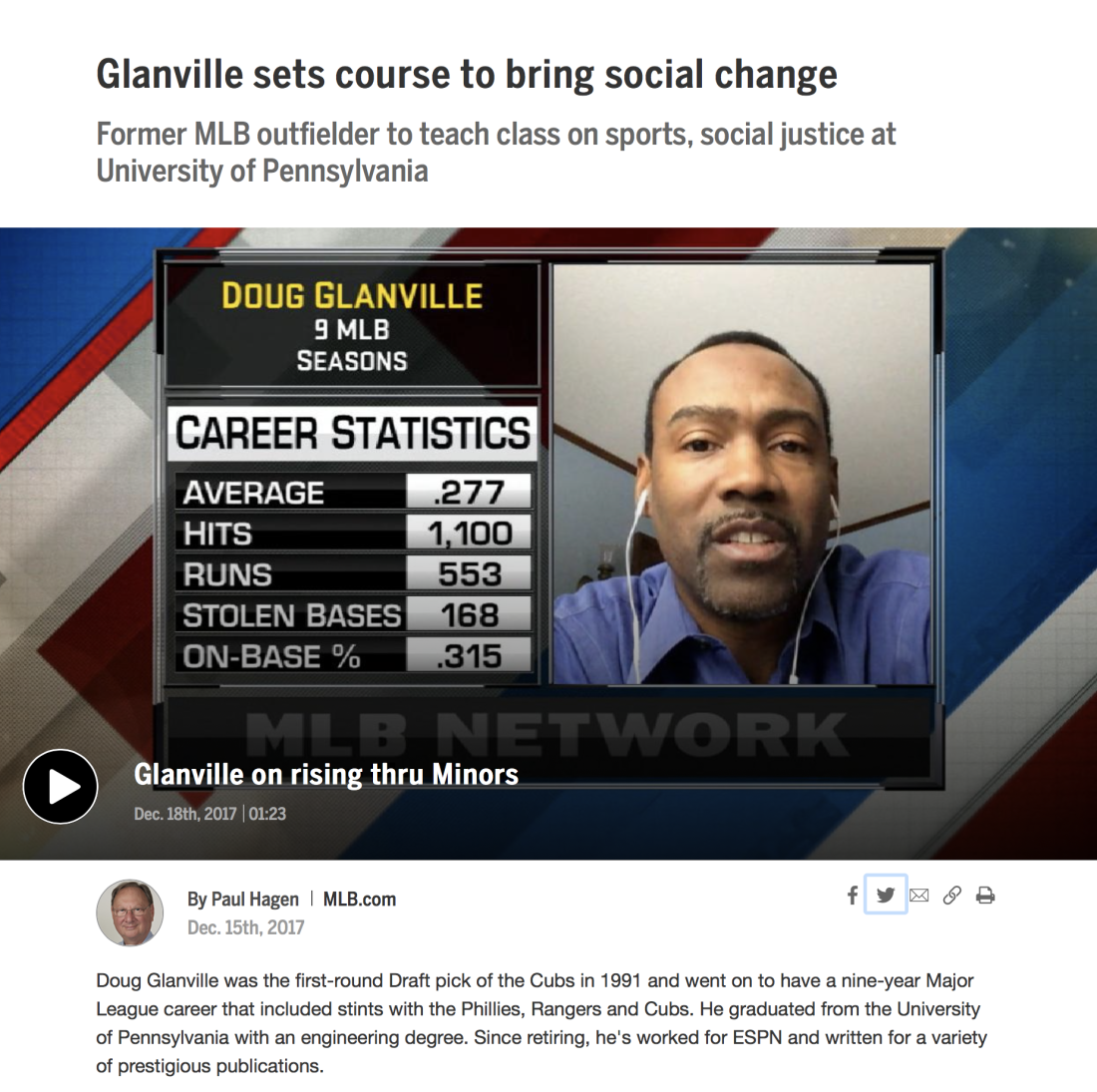Download links for: The Org: The Underlying Logic of the Office


Reviews (see all)
Write review
Got to maybe page 60 or so before jumping ship:smug, tedious, repetitive, utterly unenlightening.
Good but not deep. Would have been better if written at a higher grade level.
You've read this all before
Meh.
Other books by Nonfiction
Related articles












